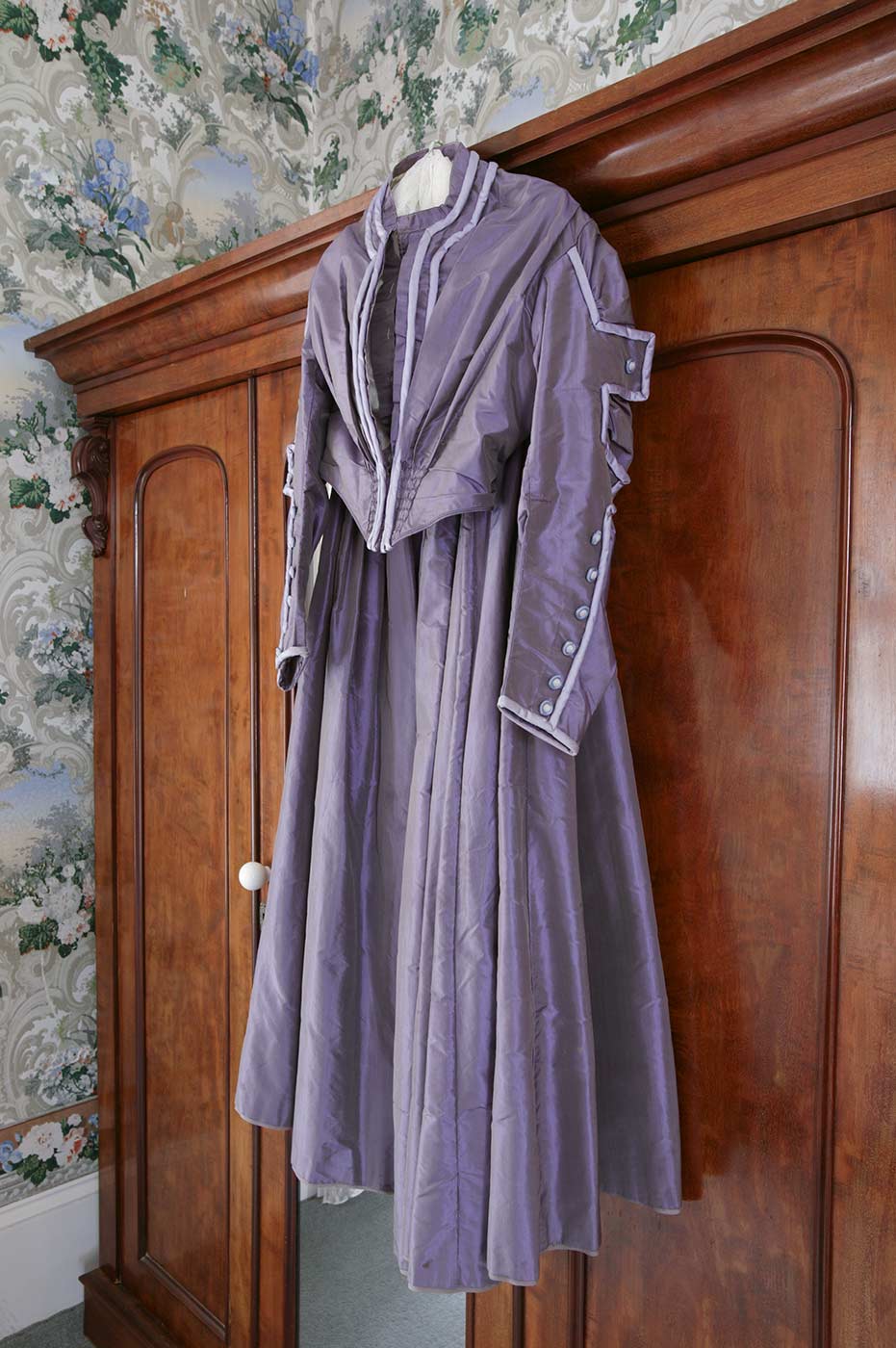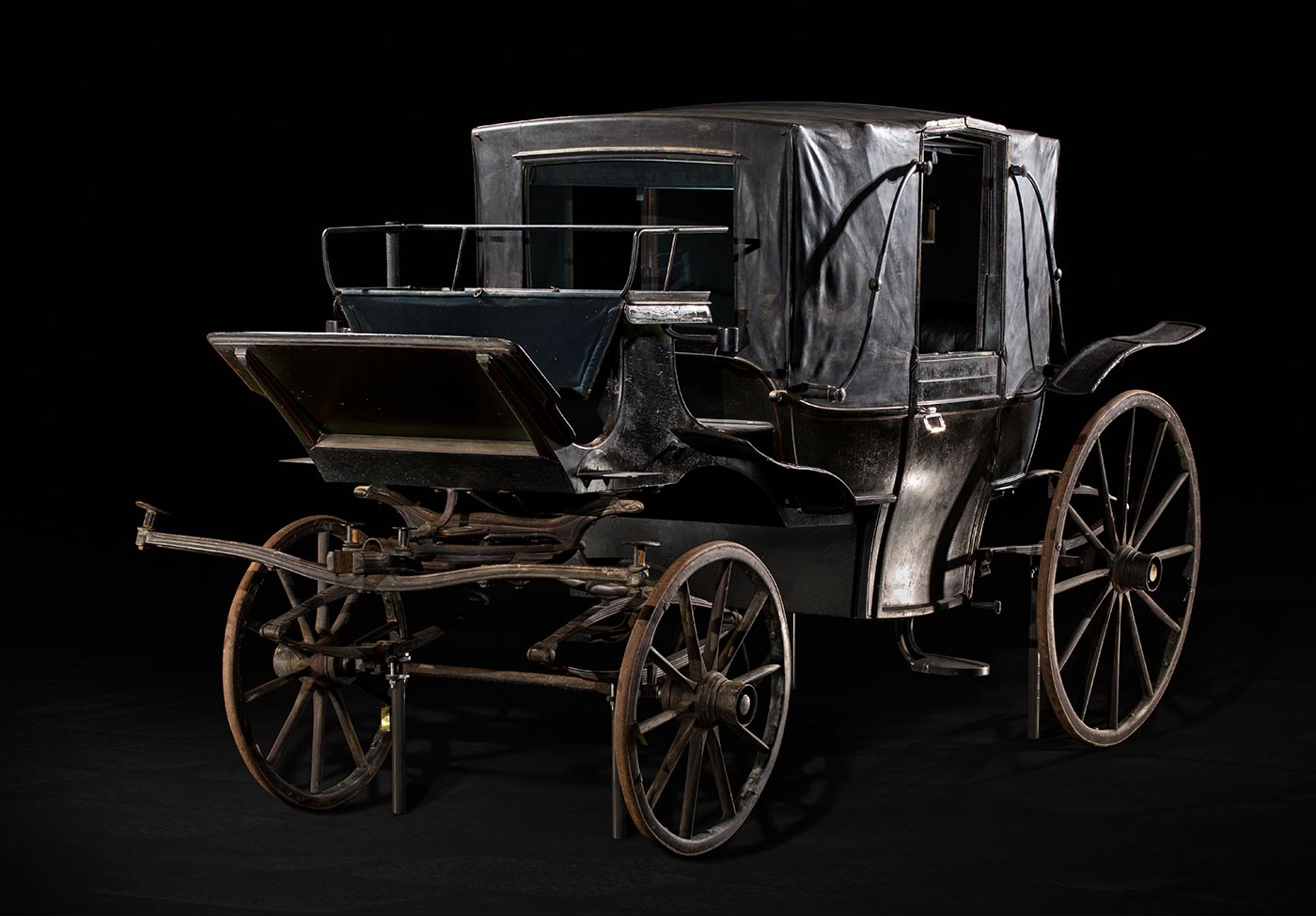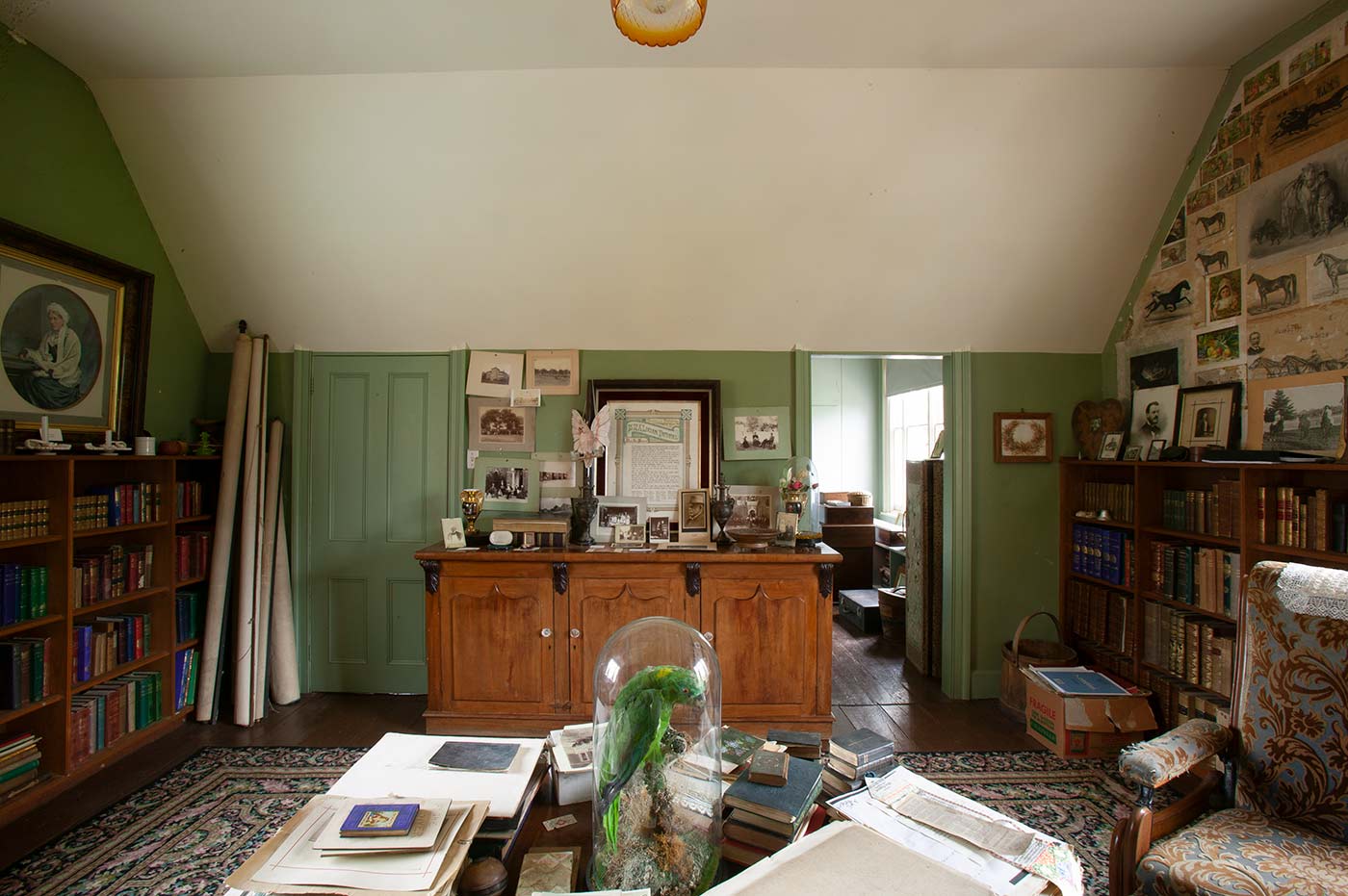The Springfield–Faithfull family collection is one of the largest and most diverse collections at the National Museum and the acquisition called for careful planning at the Springfield property and its new home in Canberra.
The collection is also one of the largest donations recorded by the Cultural Gifts Program, an Australian Government initiative which encourages gifts to public institutions by offering a tax deduction to donors. Every object worth more than $100 had to be physically assessed by two valuers approved by the program.
The National Museum has worked closely with donors Jim and Pamela Maple-Brown and Diana Boyd to accurately document the collection and to ensure that family members continue to have access to their shared heritage. Objects from the collection continue to feature in the Museum's exhibition galleries.

Planning and packing
The Springfield property is located about 80 kilometres from Canberra. Most of the material donated to the National Museum was stored in the Faithfull family museum, two rooms dedicated to family history, in the main homestead. Other objects were kept further afield, in the stables and the woolshed.
One of the great advantages of working with a family with such a keen awareness of its history was that Museum staff were able to conduct site visits and talk with family members about the significance of individual objects.
The family museum included custom-built cupboards for costume storage and carefully written labels which recorded key information.
A team of people from across the National Museum meticulously planned the Springfield pick-up over several months.
Staff were seconded to a special Springfield project team and a new portable workroom was purchased to provide a dedicated space for the accessioning, or cataloguing, of the Springfield material when it arrived in Canberra.
A mobile coolroom was brought in to freeze objects, including those made of fabric and wood, to treat possible pest invasion before objects entered the main store in Canberra.
Photography and documentation
Registration staff coordinated the actual Springfield pick-up over several weeks in 2004. Teams worked simultaneously at Springfield and in Canberra, with a truck and van constantly transporting material between the two.
A range of archival quality, customised storage boxes were ordered in advance so that much of the material was transported in the same manner in which it would eventually be stored at its new home.
Staff documented the collection and bar-coded as they went, working alongside curators and conservators to add and record unique identification codes before the material left the property.
The Museum's Photography team played an important part in capturing the workings of the Springfield property and the Faithfull family museum.
In Canberra the Registration team added hundreds of detailed object descriptions and reference photographs to a central database, eventually triple-checking the data against the main reference list.
Long term care
Legal title to the Springfield collection was granted to the National Museum when the donation was formally approved by the Cultural Gifts Committee in June 2006.
Work on the collection continues to ensure its long term care, and provide access for family members, staff and researchers. Photographers have digitised hundreds of historic images and documents and curators and conservators continue to research the collection.
The first material from the collection went on show in the National Museum less than a year after the pick-up and Springfield objects continue to feature in the Museum's galleries.
Door to store: Caring for your collection 18 Jan 2013
Door to store: Registration and the Springfield collection
Collections 2006 series 21 Mar 2006
Springfield transformed: family collection into national treasure
Explore more on the Springfield–Faithfull family collection

